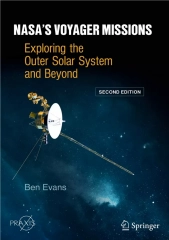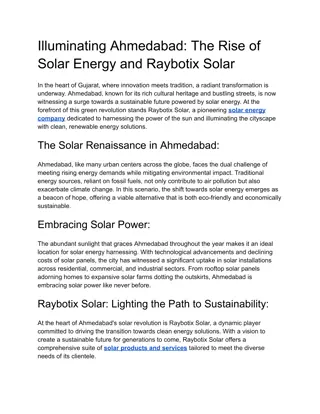Exploring the Solar System and Beyond
Delve into the fascinating world of the Solar System and beyond with discussions on its composition, structure, and the language of astrophysics. From the Sun and planets to the intricate details of celestial objects, embark on a journey of discovery accompanied by insightful lectures and thought-provoking assignments.
Download Presentation

Please find below an Image/Link to download the presentation.
The content on the website is provided AS IS for your information and personal use only. It may not be sold, licensed, or shared on other websites without obtaining consent from the author.If you encounter any issues during the download, it is possible that the publisher has removed the file from their server.
You are allowed to download the files provided on this website for personal or commercial use, subject to the condition that they are used lawfully. All files are the property of their respective owners.
The content on the website is provided AS IS for your information and personal use only. It may not be sold, licensed, or shared on other websites without obtaining consent from the author.
E N D
Presentation Transcript
Physics 320: Introduction to the Solar System (Lecture 1) Dale Gary NJIT Physics Department
What is the Solar System? Some common astronomical terms: Galaxy Universe Solar System The name Solar System has something to do with the Sun (note capitalization) What constitutes the solar system? What defines its edge or boundary? Sum of objects orbiting the Sun (e.g. planets, asteroids, comets)? Region dominated by the solar wind (particles, magnetic fields)? Region dominated by the Sun s gravity? Region dominated by the Sun s light? There is no single right answer, but each of these can be important depending on the context. September 4, 2018
What is the Solar System Made of? The Sun The Planets The Asteroid Belt Other Asteroids Comets Meteroids Dust Elementary Particles Magnetic Fields September 4, 2018
Solar and Planetary System Astrophysics The language of physics is mathematics: Philosophy is written in this grand book, the universe, which stands continually open to our gaze. But the book cannot be understood unless one first learns to comprehend the language and to read the alphabet in which it is composed. It is written in the language of mathematics, and its characters are triangles, circles, and other geometric figures, without which it is humanly impossible to understand a single word of it; without these, one wanders about in a dark labyrinth. Galileo in The Assayer. We will be using the somewhat more advanced language of algebra, trigonometry, calculus, and even a bit of simple differential equations. I hope and expect that you have learned this language well, although we will go over some of it in review as we go along. September 4, 2018
The Sun and Planets The Sky Live 3D Solar System List of Objects Sun Mercury Venus Earth Mars Jupiter Saturn Uranus Neptune Pluto (dwarf planet) September 4, 2018
The Thousand-Yard Model Let s choose a scale of 1-inch = 100,000 miles, so that our Sun, with its diameter of 860,000 miles, will be about 8.6 in diameter. We will build a scale model of the solar system using this scale. Homework: In 2016, a new exoplanet system, Trappist 1, was discovered. Create a table giving the scale model for Trappist 1, using the information on the system here: http://www.trappist.one/#system. In the tables, use Radius for Trappist-1A (the star), and use Semi-major axis and Radius for Trappist-1b Trappist-1h (the planets). Your table should have the following columns: 1. Object name 2. Semi-major axis in km (for each planet, blank for the star) 3. Radius in km 4. Distance in paces (yards), using the scale model (blank for the star) 5. Radius in inches, using the scale model 6. Fruit or nut that could represent the object, using the scale model Briefly state some important differences between the Trappist 1 system and our own solar system. September 4, 2018























